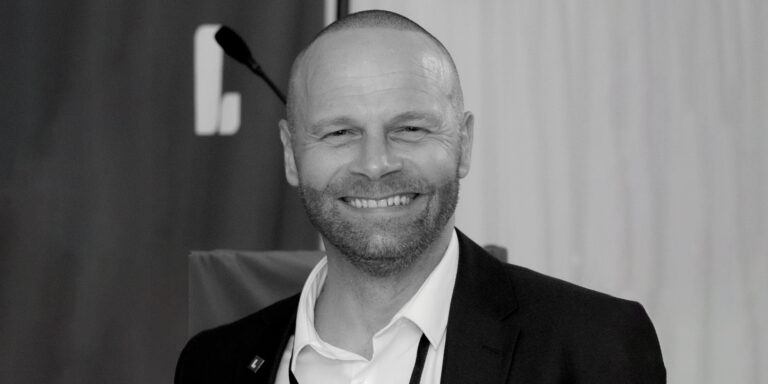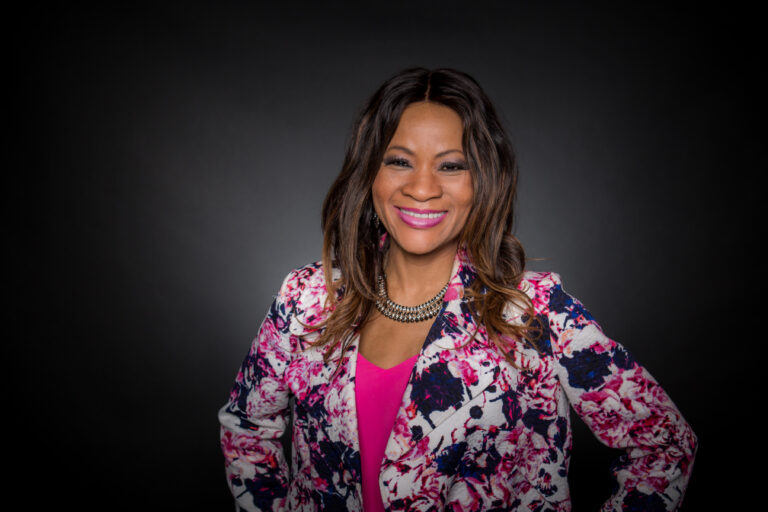What does leadership mean to you?
It’s about setting the tone and the vision – people need to see where they are going and believe it’s worth the effort. A leader’s mood, clarity (or lack of it), confidence and presence set the direction of travel – consciously or not. You can’t expect your team to be calm, focused and motivated if you’re rushing in late and flapping about a printer jam. Leadership is influence, not job title. It’s less about having the answers and more about asking better questions and getting out of people’s way (while still being interested in what they’re doing).
“A lot of leaders are stuck in the weeds, not because they’re control freaks, but because they haven’t learned how to delegate well”
What are your main leadership and management challenges?
Helping leaders to realise that being in charge doesn’t mean doing it all yourself. Especially founders and C-suite leaders – they’re used to wearing all the hats, but as the team grows, that becomes unsustainable and a bit suffocating for everyone involved. A lot of leaders are stuck in the weeds, not because they’re control freaks, but because they haven’t learned how to delegate well. It’s a skill – and like all skills, it can be taught.
How does the landscape of your sector affect those challenges?
I coach leaders across multiple sectors, but the common theme is pace. Everything’s urgent. Everyone’s stretched. Middle managers are getting squeezed from all angles. When time and headspace are tight, leadership becomes reactive, and that’s when the damage starts – low engagement, poor communication, burnout. Supporting people to lead with intention instead of reacting to noise is a big part of my work.
What are you focusing on from a leadership perspective?
Helping leaders go from accidental to intentional. Many of the people I coach were promoted because they were good at their job – not because they had any training in leading humans. So they’re winging it, quietly stressed, and wondering if everyone else knows something they don’t.
I’m focused on building their confidence and capability, so they can stop guessing and start leading on and with purpose.
How do you develop your people?
With honesty, humour and high expectations. I tell my clients the truth (kindly), ask tough questions, and challenge them to lead like they mean it. I use tools such as DiSC profiling and feedback frameworks, but the most powerful shift comes when people realise: “Oh, I’m allowed to do this differently.”
My job is to hold up the mirror and help them like what they see. I have my own team, and we’ve all done DiSC profiling (fascinating to see how different traits are needed in a team) and I certainly use the techniques I suggest in coaching with my own team – so I practise what I preach! We start each team meeting with “What successes shall we celebrate?”
What is your biggest leadership lesson over the past year?
That curiosity is one of the most underrated leadership skills. Too many leaders jump to fix, judge or assume – especially when things go wrong. But leading with curiosity changes the game. It means asking “What’s going on here?” instead of “Who messed this up?” It invites better conversations, uncovers root causes, and builds trust without needing a big dramatic team away day.
When leaders get curious instead of defensive, everyone breathes a little easier – and the solutions are usually better, too.
Kate Waterfall Hill, FIoL and leadership coach at Waterhill Coaching.
This article is adapted from a feature first published in the summer 2025 issue of Edge.





